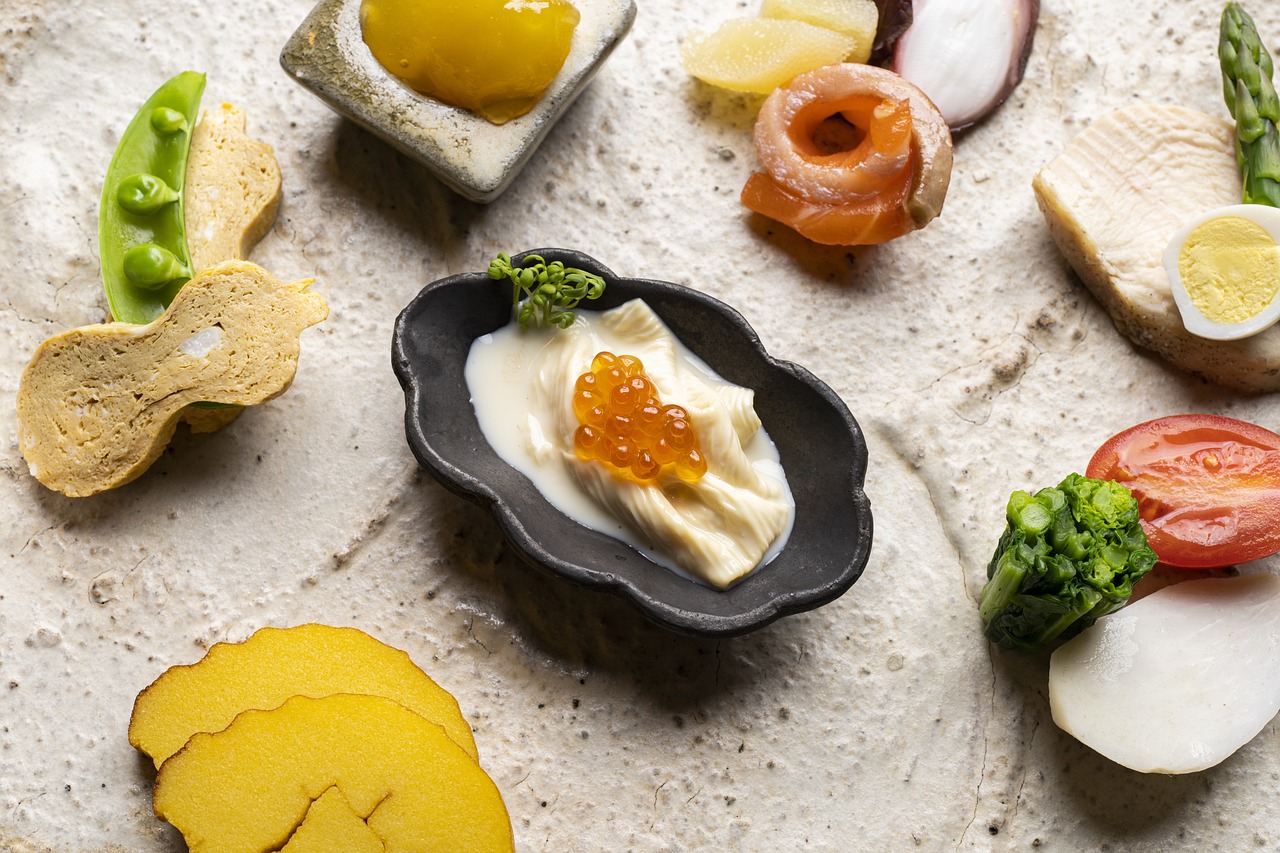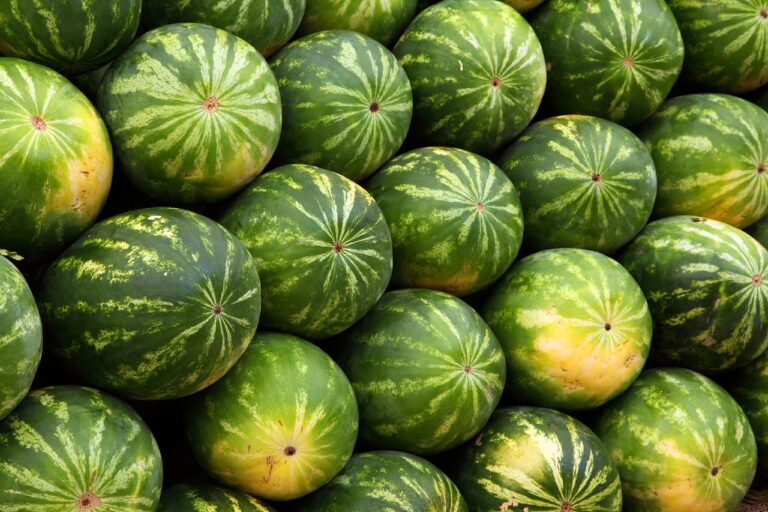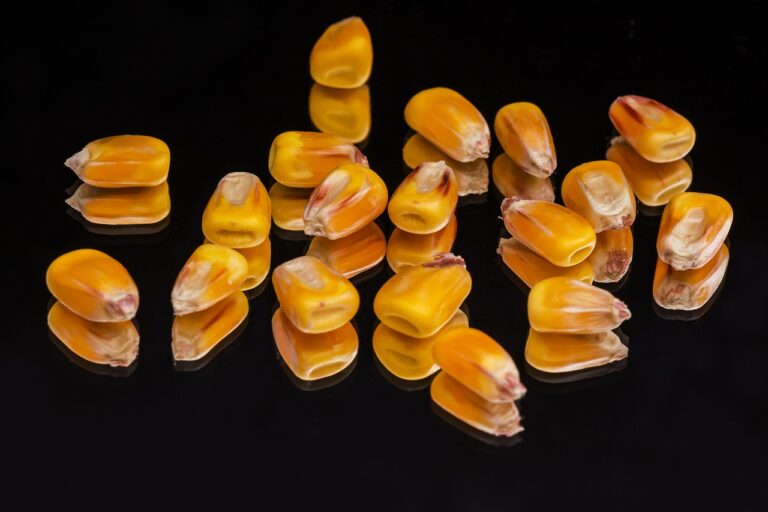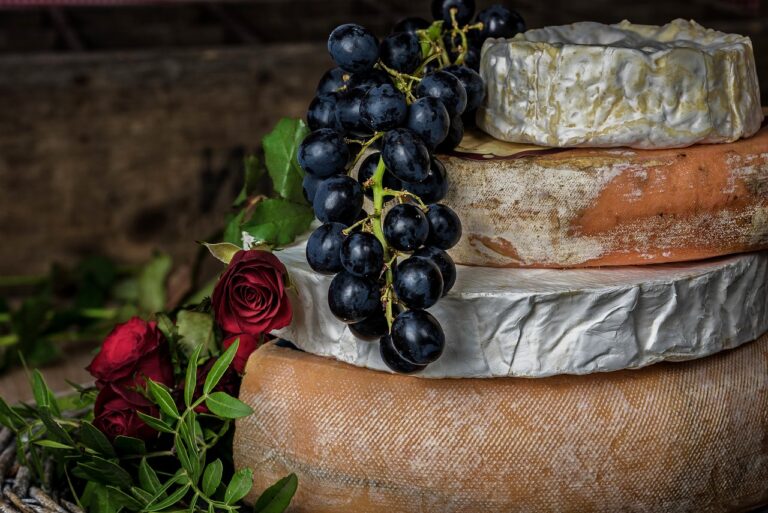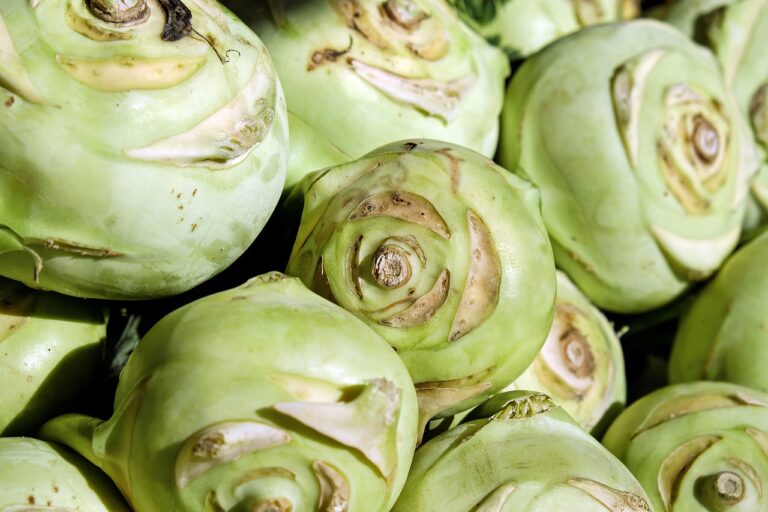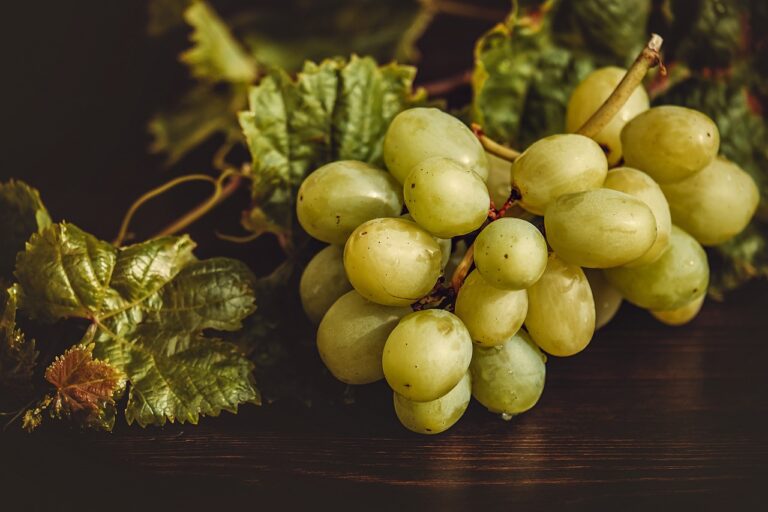The Art of Food and Wine Pairing: Elevating the Dining Experience
Pairing food and wine is an art that enhances the dining experience. When done correctly, the flavors of the food and wine complement each other, creating a harmonious balance on the palate. The key to successful pairing lies in understanding the fundamental principles that guide the process.
The first rule to keep in mind is to match the intensity of the food with the wine. Light dishes such as salads or white fish go well with lighter wines like Sauvignon Blanc or Pinot Grigio, whereas hearty dishes like steak or braised meats pair nicely with bold red wines like Cabernet Sauvignon or Malbec. By considering the weight of both the food and wine, you can ensure a balanced and enjoyable pairing experience.
How to Choose the Right Wine for Your Meal
When pairing wine with food, its important to consider the flavors and characteristics of both the dish and the wine. A general rule of thumb is to match lighter wines with lighter dishes such as seafood or salads, and richer wines with heavier meals like red meat or creamy pasta.
Another factor to keep in mind is the acidity of the wine and the dish. Foods high in acidity, like tomatoes or citrus, pair well with wines that also have higher acidity levels. This balance helps enhance the flavors of both the food and the wine, creating a more harmonious dining experience.
Factors to Consider When Pairing Food and Wine
One of the key factors to consider when pairing food and wine is the intensity of flavors. A general rule of thumb is that the wine should either match or complement the intensity of the dish. For example, a rich and bold Cabernet Sauvignon would pair well with a hearty beef stew, as the wine’s robust flavors can stand up to the richness of the dish. On the other hand, a delicate white wine like a Sauvignon Blanc would be better suited for a lighter dish such as grilled fish with lemon.
Another important factor to keep in mind is the acidity of both the food and the wine. Acidity in food can either contrast or complement the acidity in wine, influencing the overall balance of flavors in the pairing. For instance, a zesty tomato-based pasta dish would pair nicely with a high-acid wine like a Chianti, as the acidity in the wine can cut through the acidity of the tomatoes, creating a harmonious balance on the palate.
Matching or complementing the intensity of flavors is crucial when pairing food and wine
Rich and bold wines like Cabernet Sauvignon go well with hearty dishes like beef stew
Delicate white wines such as Sauvignon Blanc are better suited for lighter dishes like grilled fish with lemon
Considering the acidity of both the food and wine is important in creating a balanced pairing
Acidity in food can either contrast or complement acidity in wine, affecting overall flavor balance
Zesty tomato-based pasta dishes pair nicely with high-acid wines like Chianti to create harmony on the palate
What are some basic guidelines for pairing food and wine?
Some basic guidelines include matching the intensity of the wine with the intensity of the food, considering the acidity and tannins of the wine, and pairing wine with the sauce or dominant flavor of the dish.
How do I choose the right wine for my meal?
Consider the flavors and characteristics of the dish, such as whether it is rich and creamy or light and acidic. Pair white wines with lighter dishes and red wines with richer dishes. You can also consider regional pairings, such as pairing Italian wine with Italian food.
What factors should I consider when pairing food and wine?
Factors to consider include the flavor profile of the dish, the acidity and tannins of the wine, the sweetness of the dish, and the overall balance of flavors. It is also important to consider personal preferences and experiment with different pairings to find what works best for you.

